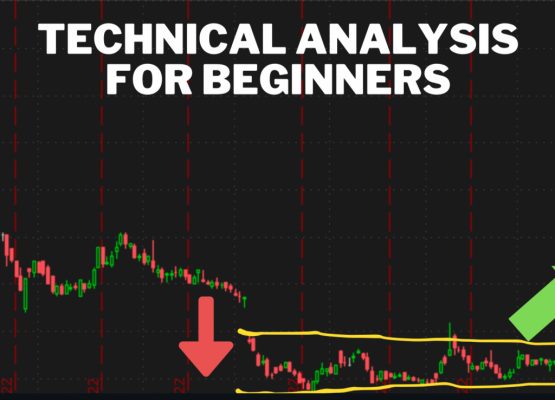As an investor or trader, your aim is to make decisions that will help you achieve profitable returns. To do this, you must understand and analyze a plethora of market variables and indicators. Two popular analysis strategies employed are Technical Analysis and Fundamental Analysis. This article will explore these strategies in-depth, their relevance for specific investment and trading strategies, and other related considerations.
Technical Analysis: The Science of Trends
Technical analysis is a trading discipline used to evaluate investments and identify trading opportunities by analyzing statistical trends gathered from trading activity. It involves examining price movements and patterns, trading volumes, and other market indicators. Analysts use charts, graphs, and other visualization tools to understand how an asset’s price has changed over time and to predict its future movements.
The Specifics of Technical Analysis
The main premise of technical analysis is that all current market information is already reflected in the stock price. Hence, price and volume are the primary focus. Analysts look for patterns and signals to predict future price movements.
- Chart Patterns: These can be as simple as support and resistance lines or as complex as head and shoulders, double tops, or cup and handle formations. Analysts use these patterns to predict future price movements.
- Indicators: Technical analysts use various indicators like Moving Averages, Relative Strength Index (RSI), Moving Average Convergence Divergence (MACD), and Bollinger Bands to identify trends, momentum, volatility, and volume.
- Candlestick Patterns: These are specific patterns formed by candlestick charts, another important tool in technical analysis. Doji, engulfing, and hammers are few of the many candlestick patterns used to predict market turning points.
Technical analysis can be highly beneficial for short-term trading strategies like day trading or swing trading. It’s less useful for long-term investment strategies as it doesn’t consider the intrinsic value of a stock or an asset.
Fundamental Analysis: The Art of Valuation
Fundamental analysis, on the other hand, is a method of evaluating securities by attempting to measure their intrinsic value. Analysts assess the overall conditions of the economy, industry conditions, and the financial condition and management of companies to determine their underlying value and potential for growth.
The Specifics of Fundamental Analysis
- Economic Analysis: This encompasses the study of the overall state of the economy, economic indicators like GDP growth rates, inflation, interest rates, productivity, and energy prices.
- Industry Analysis: Here, analysts examine the position of the industry within the economy, its life cycle stage, and how it performs under various economic conditions.
- Company Analysis: It includes evaluating financial statements, management team, product line, supply and demand, and other individual indicators of corporate performance.
Fundamental analysis is particularly useful for long-term investment strategies. It’s employed in strategies like buy-and-hold, value investing, and growth investing.
Technical vs Fundamental Analysis: The Right Choice?
Choosing between technical and fundamental analysis isn’t a binary decision. The selection largely depends on the investment horizon, trading style, and personal beliefs. Short-term traders might lean more towards technical analysis, while long-term investors might favor fundamental analysis.
However, the most successful investors and traders often use a combination of both. For instance, they might use fundamental analysis to decide what to buy (identifying undervalued stocks) and technical analysis to decide when to buy (timing the market for optimal entry and exit points).
Extra Considerations
Beyond the basics of technical and fundamental analysis, there are a few additional considerations.
- Market Efficiency: The efficient market hypothesis suggests that all known information is already factored into the stock price. If true, neither analysis would consistently outperform the market. The real-world, however, suggests markets are not perfectly efficient.
- Behavioral Finance: This field of study suggests that psychological influences and biases affect the financial behaviors of investors and traders. Both technical and fundamental analysis might fail to account for these factors, which can cause price deviations from intrinsic values or historical trends.
- Risk Management: Regardless of the analysis method used, risk management is critical. Setting stop losses, diversifying the portfolio, and not investing more than what one can afford to lose are some basic risk management strategies that every investor should apply.
In conclusion, both technical and fundamental analyses offer unique insights into investment and trading decisions. By understanding both, you equip yourself with a more holistic view of the market, thereby enhancing your chances of making profitable decisions.




